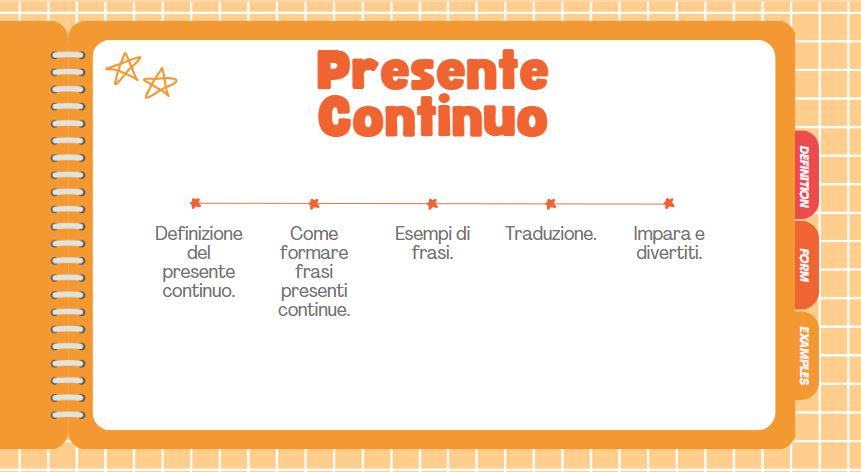Il Quadro Comune Europeo di Riferimento per le Lingue (CEFR) è uno standard riconosciuto a livello internazionale per descrivere le abilità linguistiche. Fornisce un modo strutturato per misurare e descrivere i livelli di competenza in diverse lingue, incluso l’inglese. Ecco una panoramica completa dei livelli QCER di conoscenza della lingua inglese:
A1 – Principiante
Descrizione: al livello A1, gli studenti sono considerati principianti con una conoscenza precedente minima o nulla dell’inglese.
- Abilità: È in grado di comprendere e utilizzare espressioni familiari di tutti i giorni e frasi di base volte a soddisfare bisogni di tipo concreto.
- Esempio: è in grado di presentare se stesso e gli altri e di porre domande e rispondere a domande su dettagli personali come il luogo in cui vive, le persone che conosce e le cose che possiede.
A2 – Elementare
Descrizione: gli studenti di livello A2 hanno una conoscenza di base dell’inglese e possono comunicare in semplici situazioni quotidiane.
- Competenze: è in grado di comprendere frasi ed espressioni di uso frequente relative ad ambiti di immediata rilevanza.
- Esempio: è in grado di comunicare in attività semplici e di routine che richiedono uno scambio semplice e diretto di informazioni su argomenti familiari e di routine.
- Il livello dell’esame KET corrisponde al livello A2.
B1 – Intermedio
Descrizione: al livello B1, gli studenti possono gestire interazioni semplici in inglese ed esprimersi in contesti familiari.
- Abilità: è in grado di comprendere i punti principali di chiari input standard su argomenti familiari che affronta regolarmente al lavoro, a scuola, nel tempo libero, ecc.
- Esempio: è in grado di descrivere esperienze, eventi, sogni, speranze e ambizioni e di fornire brevemente ragioni e spiegazioni per opinioni e progetti.
- Il livello dell’esame PET corrisponde al livello B1.
B2 – Intermedio superiore
Descrizione: gli studenti di livello B2 hanno una buona padronanza dell’inglese e possono impegnarsi in interazioni più complesse.
- Competenze: è in grado di comprendere le idee principali di testi complessi su argomenti sia concreti che astratti, comprese le discussioni tecniche nel proprio campo di specializzazione.
- Esempio: è in grado di produrre testi chiari e dettagliati su un’ampia gamma di argomenti e di spiegare un punto di vista su una questione di attualità, indicando i vantaggi e gli svantaggi delle varie opzioni.
- Il livello dell’esame FCE corrisponde al livello B2.
C1 – Avanzato
Descrizione: gli studenti C1 hanno un elevato livello di competenza in inglese, che consente loro di comunicare in modo efficace in contesti professionali e accademici.
- Abilità: è in grado di comprendere un’ampia gamma di testi impegnativi e più lunghi e di riconoscere il significato implicito.
- Esempio: è in grado di esprimersi in modo fluido e spontaneo senza dover cercare eccessivamente le espressioni.
- Il livello dell’esame CAE corrisponde al livello C1.
C2 – Competenza
Descrizione: C2 rappresenta il livello di competenza più elevato, in cui gli studenti sono praticamente indistinguibili dai madrelingua.
- Abilità: è in grado di comprendere con facilità praticamente tutto ciò che ascolta o legge.
- Esempio: è in grado di riassumere informazioni provenienti da diverse fonti parlate e scritte, ricostruendo argomentazioni e resoconti in una presentazione coerente.
- Il livello dell’esame CPE corrisponde al livello C2.
Conclusione
Comprendere i livelli del CEFR aiuta gli studenti e gli insegnanti a valutare accuratamente la propria conoscenza dell’inglese. Che tu sia un principiante che mira a una comunicazione di base o uno studente avanzato che aspira a una fluidità quasi nativa, il quadro CEFR fornisce un percorso chiaro per il miglioramento e la valutazione. Identificando il tuo livello di inglese attuale e fissando obiettivi raggiungibili, puoi migliorare in modo efficace le tue abilità linguistiche.
In sintesi, i livelli di conoscenza dell’inglese del CEFR rappresentano uno strumento prezioso per studenti, insegnanti e datori di lavoro in tutto il mondo, facilitando una comunicazione chiara e una valutazione standardizzata in diversi contesti.













